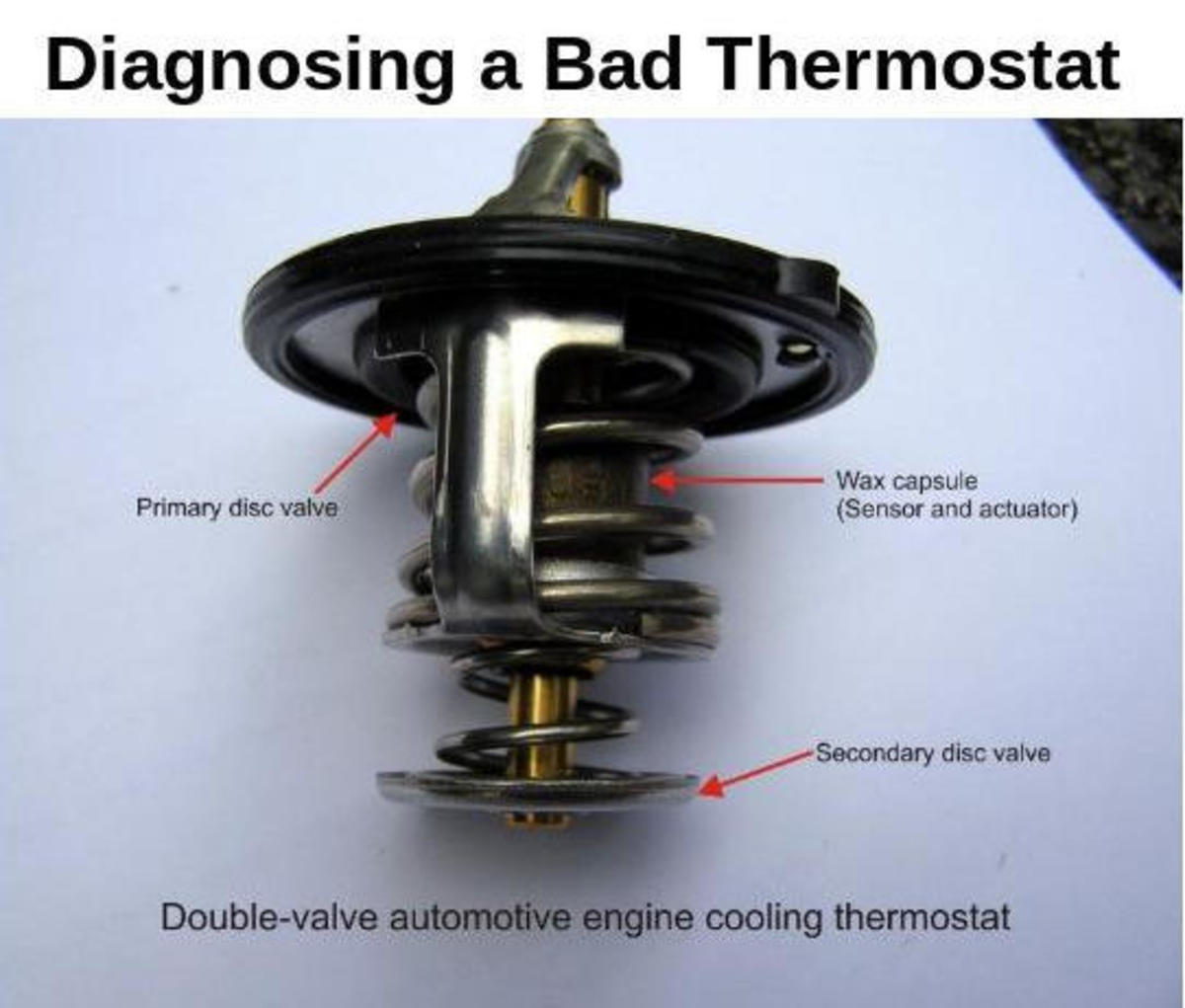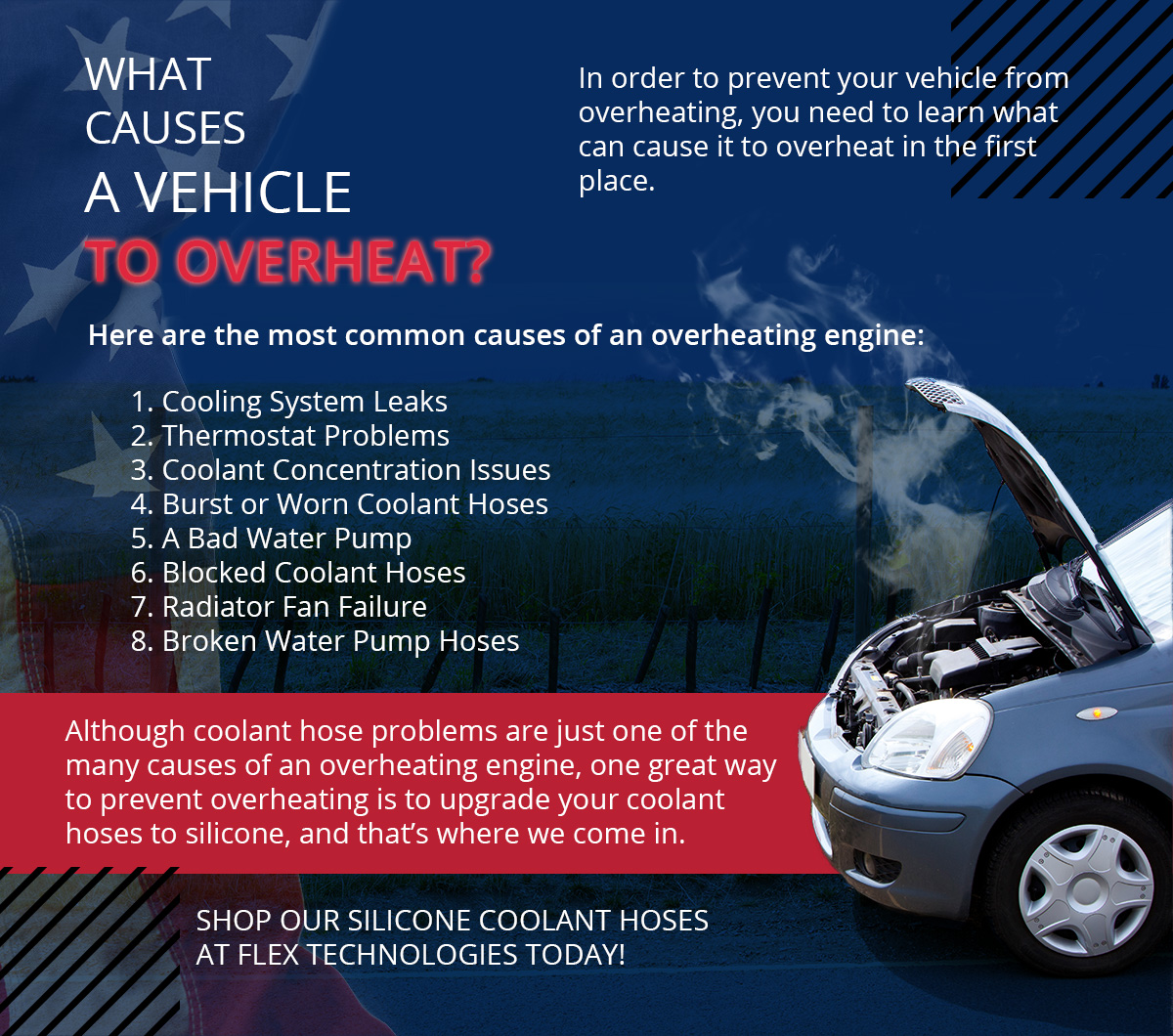Yes, a bad thermostat can cause overheating in a vehicle by not regulating the engine’s temperature properly. A vehicle’s thermostat plays a crucial role in maintaining the engine’s temperature at an optimal level.
When the thermostat fails or becomes faulty, it may get stuck closed, preventing the coolant from circulating effectively through the engine. As a result, the engine may overheat, leading to potential damage or breakdown. This can occur regardless of whether the vehicle is in motion or at a standstill.
Therefore, it is crucial to address any thermostat issues promptly to prevent overheating and ensure the proper functioning of the vehicle’s cooling system.

Credit: axleaddict.com
Understanding The Role Of A Thermostat In Car Cooling System
A thermostat in a car is an essential component of the cooling system. It is responsible for regulating the engine temperature by controlling the flow of coolant through the engine.
When the engine is cold, the thermostat remains closed, preventing the coolant from circulating. This allows the engine to warm up quickly. Once the engine reaches the optimal temperature, the thermostat opens, allowing coolant to flow through the engine and maintain a consistent temperature.
If the thermostat malfunctions or gets stuck in the closed position, it can prevent the coolant from circulating properly, leading to overheating. On the other hand, a faulty thermostat that fails in the open position can result in an underheated engine.
Regular maintenance of the thermostat is crucial to ensure its proper functioning and prevent potential overheating issues in your car.
Signs Of A Bad Thermostat In A Car
Signs of a bad thermostat in a car include engine overheating, a fluctuating temperature gauge, and low coolant levels. When a thermostat is malfunctioning, it can cause the engine to overheat, leading to potential damage and breakdowns. The temperature gauge may also fluctuate, going from normal to hot and back. This is a clear indication that the thermostat is not regulating the coolant flow properly. Additionally, if the coolant levels are consistently low or dropping rapidly, it may be a sign that the thermostat is not opening and closing as it should. Regular inspection and maintenance of the thermostat can help prevent these issues and ensure proper engine temperature control.
The Connection Between A Faulty Thermostat And Engine Overheating
The connection between a faulty thermostat and engine overheating is a common issue that many vehicle owners face. A bad thermostat can cause overheating by disrupting the cooling system of the engine. Let’s explore how this happens.
When a thermostat gets stuck closed, it restricts the flow of coolant through the engine. This leads to a buildup of heat, causing the engine to overheat. The lack of proper coolant flow prevents the engine from staying at an optimal operating temperature.
On the other hand, a thermostat that is stuck open can prevent the engine from reaching its desired operating temperature. This causes the engine to run too cool, which can lead to poor fuel efficiency and increased emissions. It can also take longer for the heater to produce warm air in the cabin.
In conclusion, a bad thermostat can cause serious engine problems, including overheating. It is important to regularly maintain and replace a faulty thermostat to avoid these issues and ensure the optimal functioning of your vehicle’s cooling system.
Diagnosing And Testing A Faulty Thermostat
Visually inspecting the thermostat is the first step in diagnosing a potential issue. Check for any signs of damage or wear, such as cracks or loose wires. Ensure that the thermostat is securely mounted in the correct location.
To determine if the thermostat is opening and closing as it should, you can perform a simple test. Start the engine and observe the coolant temperature gauge. If it quickly rises to the overheating zone and then drops back down, it may suggest a faulty thermostat.
To further test the thermostat’s functionality, you can use a diagnostic tool or temperature gauge. Attach the tool to the engine and monitor the temperature as it rises. The thermostat should open at a specific temperature, allowing coolant to circulate and regulate the engine’s temperature. If the thermostat fails to open or open at the wrong temperature, it may need to be replaced.
Replacing A Faulty Thermostat
Can a bad thermostat cause overheating? Yes, a faulty thermostat can indeed lead to overheating issues in your vehicle. When the thermostat fails, it may get stuck in either the open or closed position, disrupting the normal flow of coolant. This can result in your engine either not getting enough coolant or not cooling down properly, leading to overheating. If you suspect a bad thermostat, replacing it is a fairly straightforward process.
To replace a faulty thermostat, start by gathering the necessary tools and materials. You’ll need a new thermostat, a gasket (if required), a socket wrench or pliers, a drain pan, and new coolant. Once you have everything you need, you can begin the replacement process.
Step one is to drain the coolant from the radiator. This ensures that you don’t create a mess or risk damaging your engine when removing the old thermostat. Use caution when working with hot coolant.
Step two involves removing the old thermostat and installing the new one. Use the appropriate tools to detach the housing and carefully take out the old thermostat. Clean the area thoroughly before installing the new thermostat. Ensure that you position it correctly and tighten everything back up.
By following these steps, you can replace a faulty thermostat and potentially solve any overheating issues in your vehicle. Remember to dispose of the old coolant responsibly and refill the radiator with fresh coolant as needed.
Preventive Measures To Avoid Engine Overheating
Regular cooling system maintenance is essential to prevent engine overheating. One of the main causes of overheating is a bad thermostat. A thermostat is responsible for regulating the flow of coolant through the engine. When it fails, it can cause the engine to overheat. To avoid this issue, flushing the cooling system periodically is recommended. Over time, coolant can become contaminated with debris and lose its effectiveness. Flushing helps remove any build-up and ensures proper coolant circulation. Additionally, using high-quality coolant is important. Inferior coolant may not provide adequate heat transfer, leading to overheating. It is crucial to choose the right coolant for your vehicle and follow the manufacturer’s recommendations.
Conclusion
A bad thermostat can indeed cause overheating in your vehicle. It is crucial to recognize the warning signs and address the issue promptly, as prolonged overheating can lead to serious engine damage. Regular maintenance and checks of the thermostat can help prevent these issues, ensuring optimal performance and efficiency.
So, if you notice any signs of overheating, don’t delay in getting your thermostat inspected and replaced if necessary.

